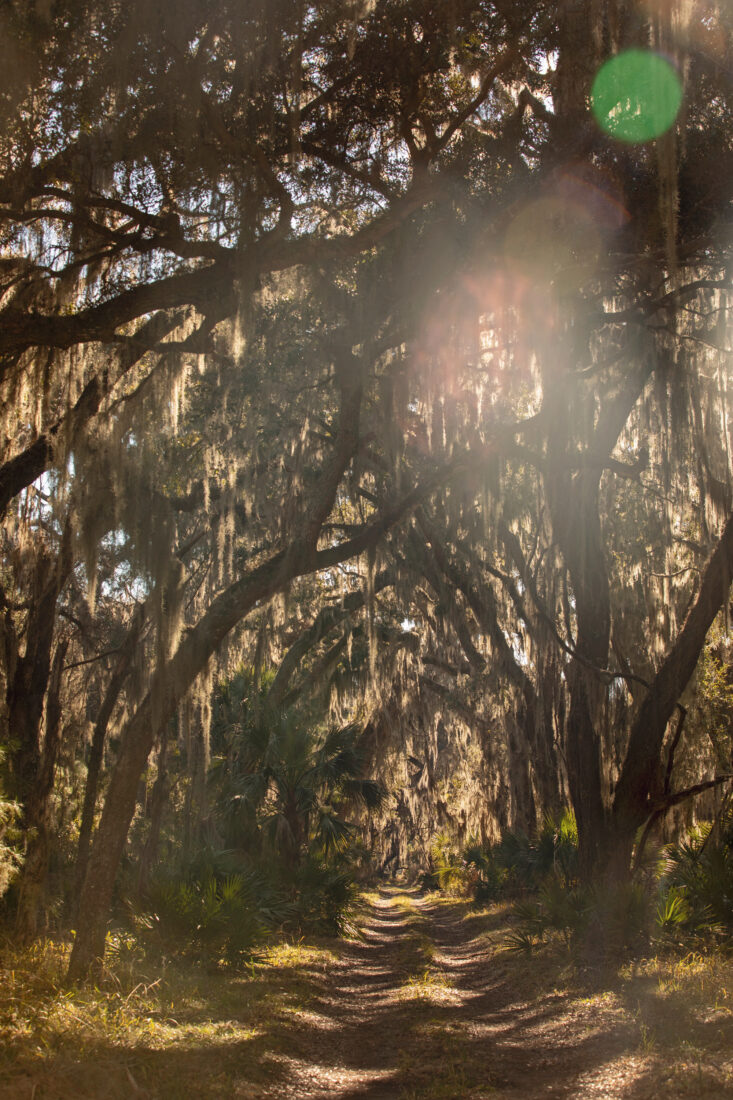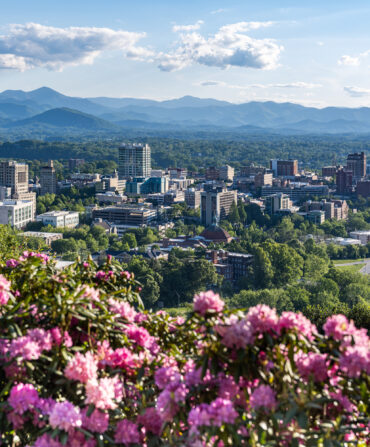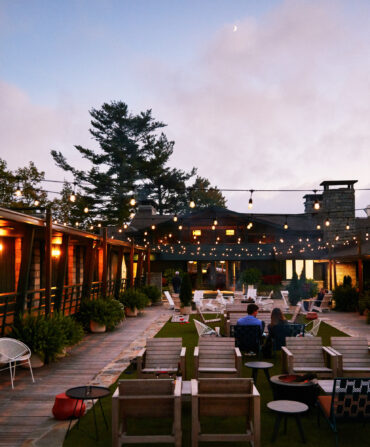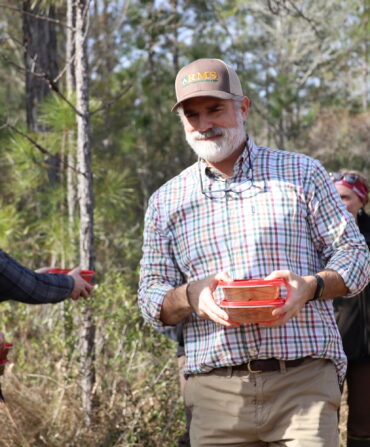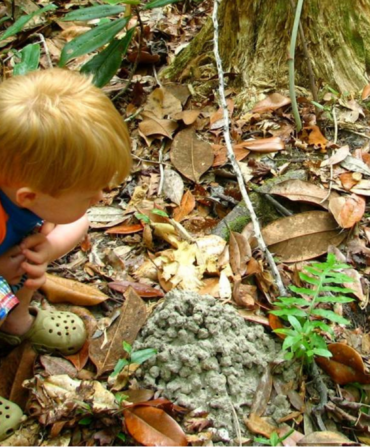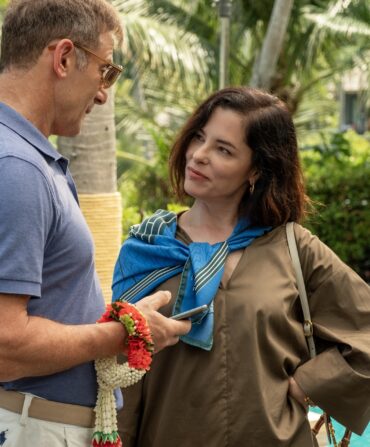You can reach Sapelo Island only by a ferry that leaves three times a day (and just twice on Sundays) from small-town Meridian, Georgia, in the marshy wilds between Savannah and Brunswick. Travelers enter from the twenty-first-century rural South and emerge after the twenty-minute crossing into another world—one simultaneously haunting and more than probably haunted.
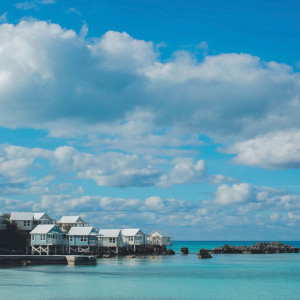
I perhaps first heard of Sapelo while reading Servants of Allah, by Sylviane A. Diouf, which describes how the island was home to a Muslim community during the period of enslavement. I would hear of it again when studying Sea Island red peas and their resurgence thanks to the work of Bill Thomas (a.k.a. Doc Bill) and the late Cornelia Walker Bailey, a Sapelo resident. The island would pop up occasionally in my thoughts and research as a culinary historian, each time moving up higher on my must-visit list. A few years ago, I finally made it there.
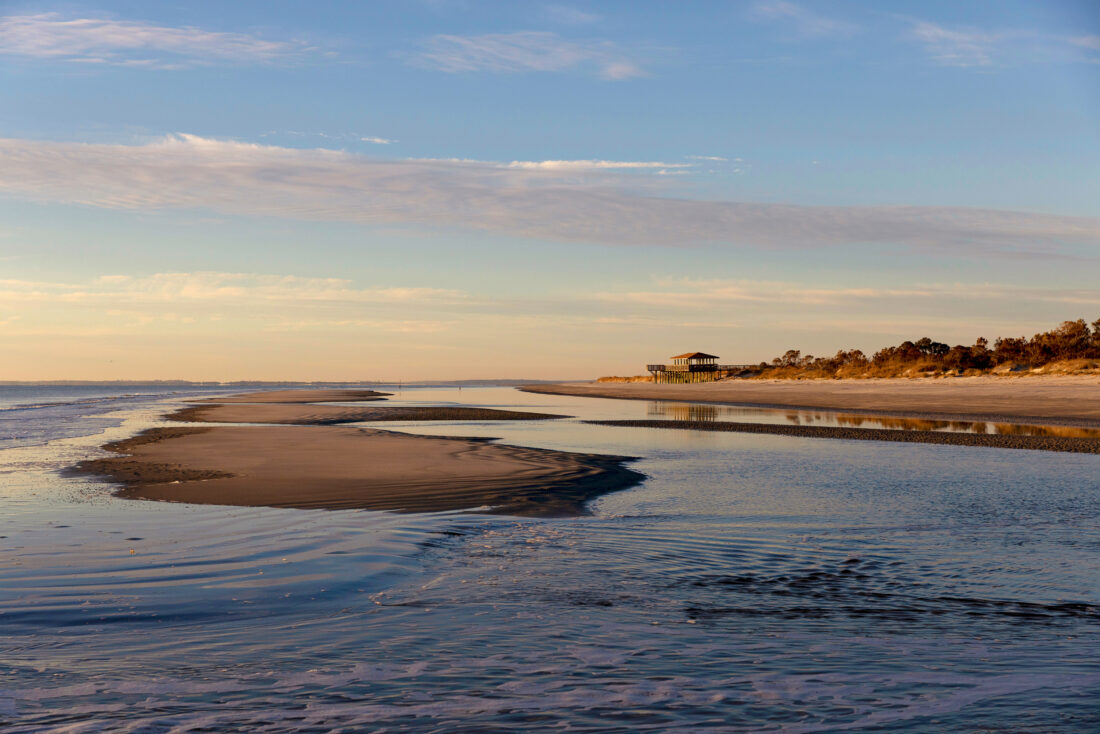
The fourth largest of Georgia’s barrier islands, Sapelo is roughly twelve miles long and three miles wide, or in my terms, about the size of Manhattan. However, unlike my bustling metropolis, fewer than seventy-five permanent residents call it home. Tall live oaks and longleaf pines, heavy with Spanish moss, recall Longfellow’s forest primeval. Gnarled old trunks seem to have fallen over marshes with the languid grace of ballerinas. What history these trees have witnessed.
My first time on Sapelo, I stayed in a tree house: one of the aptly named Sapelo Island Birdhouses. The screened porch of the cheerfully decorated apartment perched high atop stilts held a daybed and a table and chair perfect for hunkering down to get some writing done. But I knew full well that I’d be too distracted by the ever-changing panorama of the landscape: hawks circling overhead, brown pelicans diving for fish, and white egrets perching elegantly. So I capitulated and watched, savoring the fact that there’s little to do on Sapelo unless one is a rabid birder or a snake-boot-wearing nature enthusiast. I’m neither, but that’s one of the island’s joys: no looming to-do list of spots to check off. Instead, Sapelo’s untamed splendor offers itself up to visitors at their pace. I gave myself over to the apartment’s comforts, daydreamed, and vowed to return.
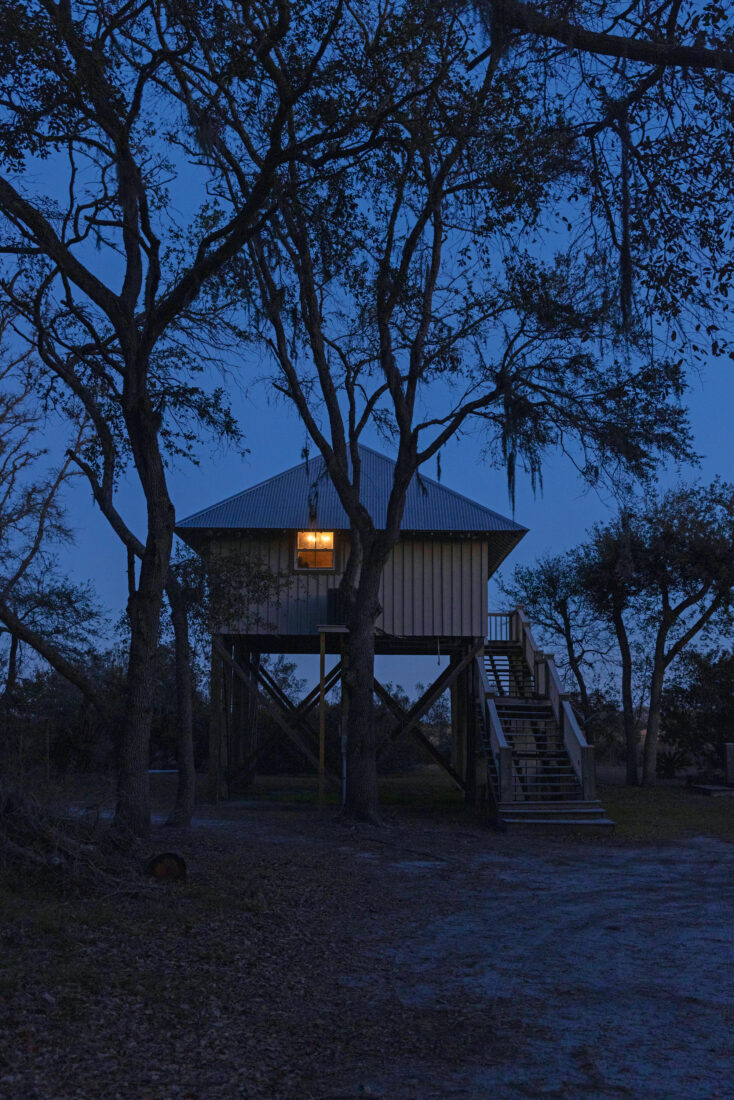
My chance would arrive last year, when Doc Bill Thomas invited me to come back for fellowship, conversation, and a deepening of my knowledge of the island courtesy of a group of Lowcountry specialists that included Sarah V. Ross, the former executive director of the University of Georgia Center for Research and Education at Wormsloe, in Savannah. As it happened, the book she recently edited, Social Roots: Lowcountry Foodways, Reconnecting the Landscape, sat atop my Sapelo reading pile.
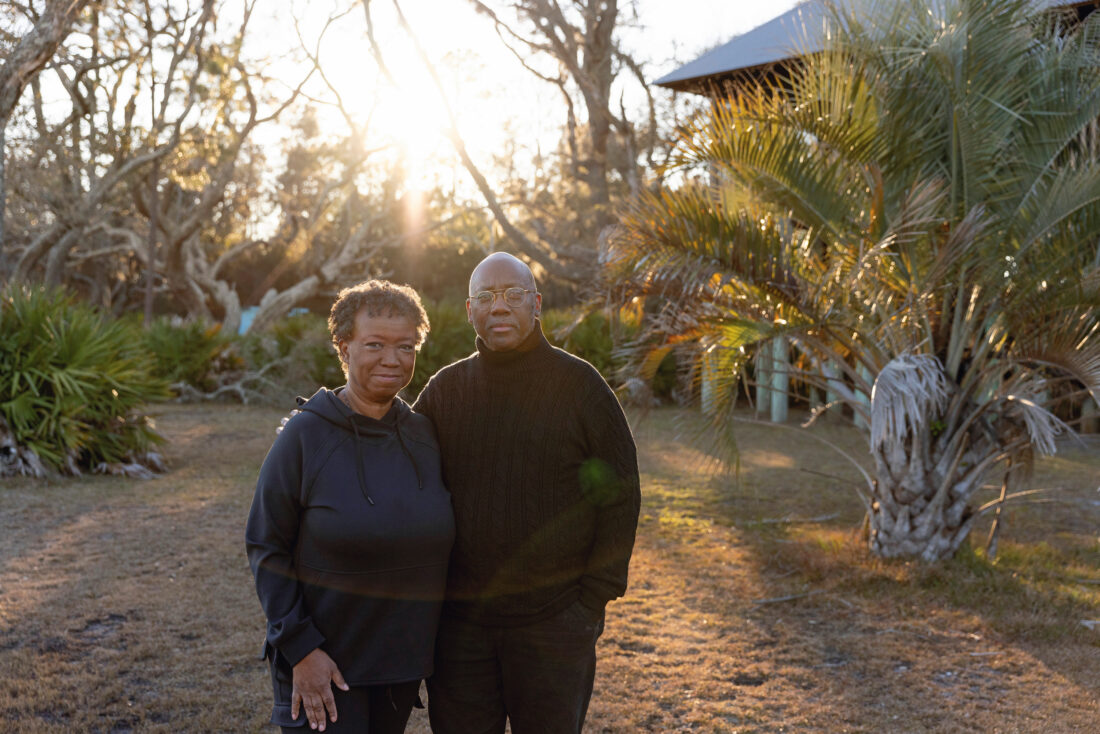
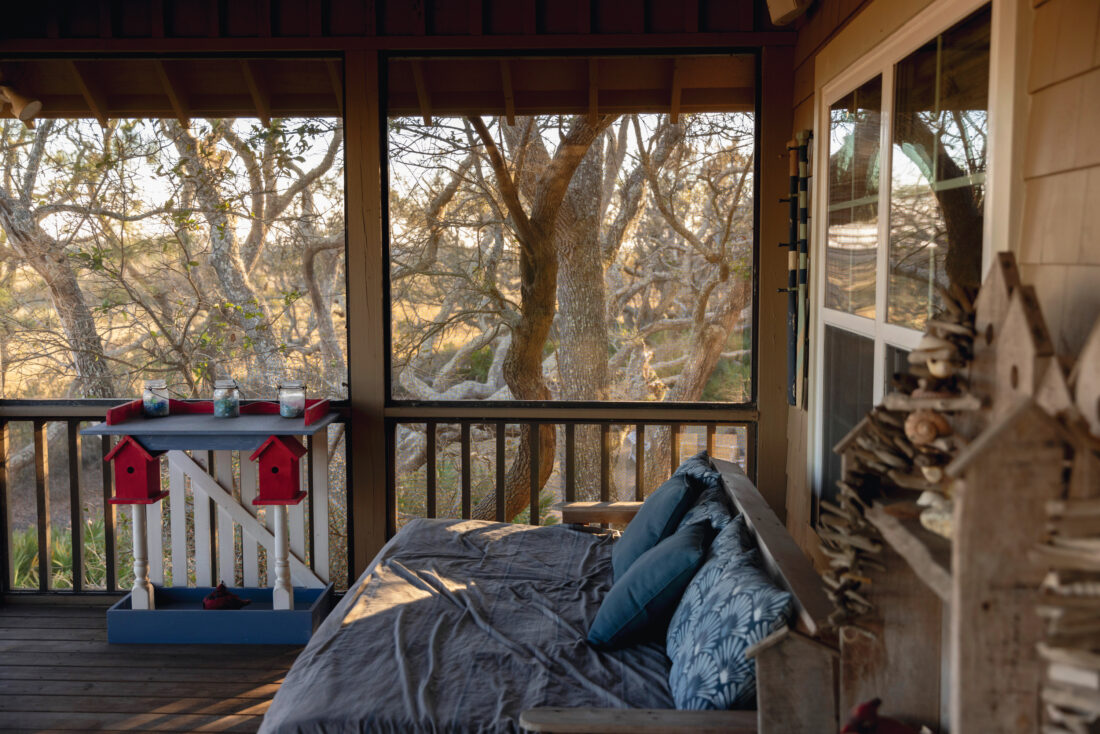
Although present-day Sapelo is calm and barely populated, like many of the Lowcountry barrier islands it was once home to plantations. Enslaved Africans and their descendants living on the remote islands formed communities and retained many of their traditional ways, which today form the bedrock of Gullah Geechee culture. On Sapelo’s Spalding plantation, five hundred captive people grew cotton and sugarcane.
At that time, Sapelo also had a population of captive Muslims. One, Bilali Mohammed, a West African from Fouta Djallon in Guinea, wrote a manuscript about Islamic law in Arabic that is now housed at the Hargett Rare Book and Manuscript Library in Athens, Georgia.
This second visit, our pace was again leisurely. Some folks visited the nineteenth-century lighthouse, the nation’s second oldest brick version, and walked along Nanny Goat Beach searching for sand dollars and luminous blue whelk shells. Others learned about traditional cast-net fishing for shrimp and mullet. Ross pointed out grasses used for teas and basketmaking, and told us about how oysters were once a staple food there.
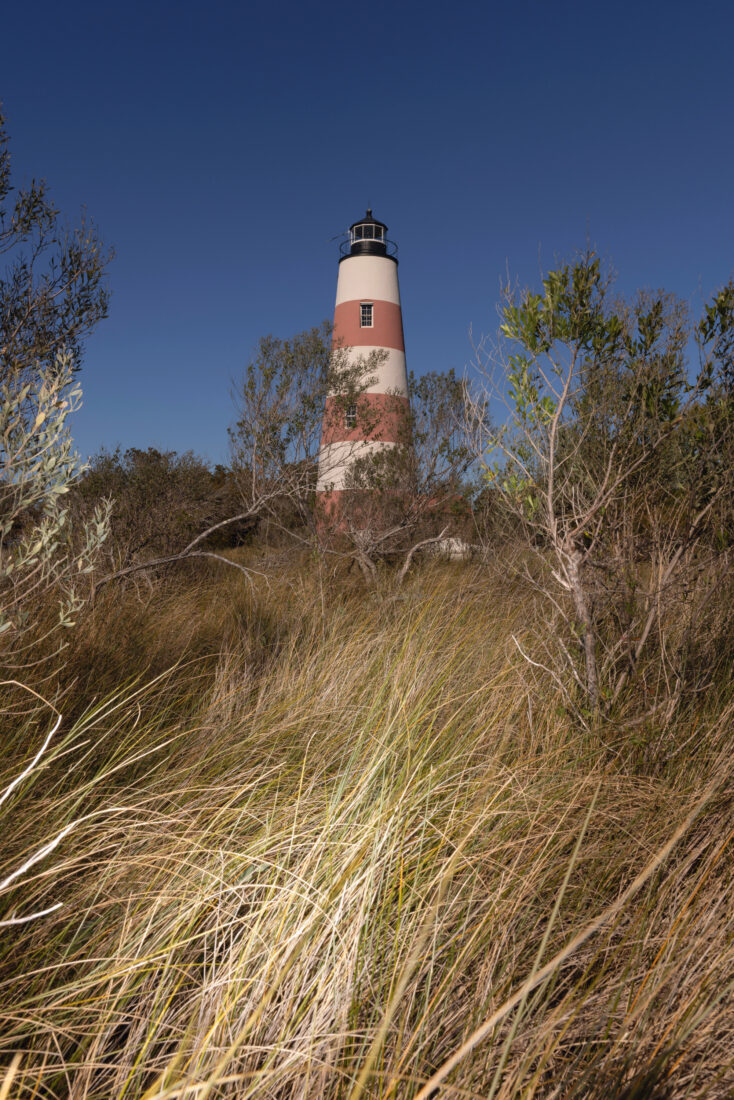
Then oysters reappeared in our explorations—not on the table, but as tabby, the much-studied local building material made with densely packed shells. We found some of the finest examples of this traditional architectural form in the ruins of the old sugar mill near the post office, and in the remnants of slave cabins and other buildings on the northern part of the island.
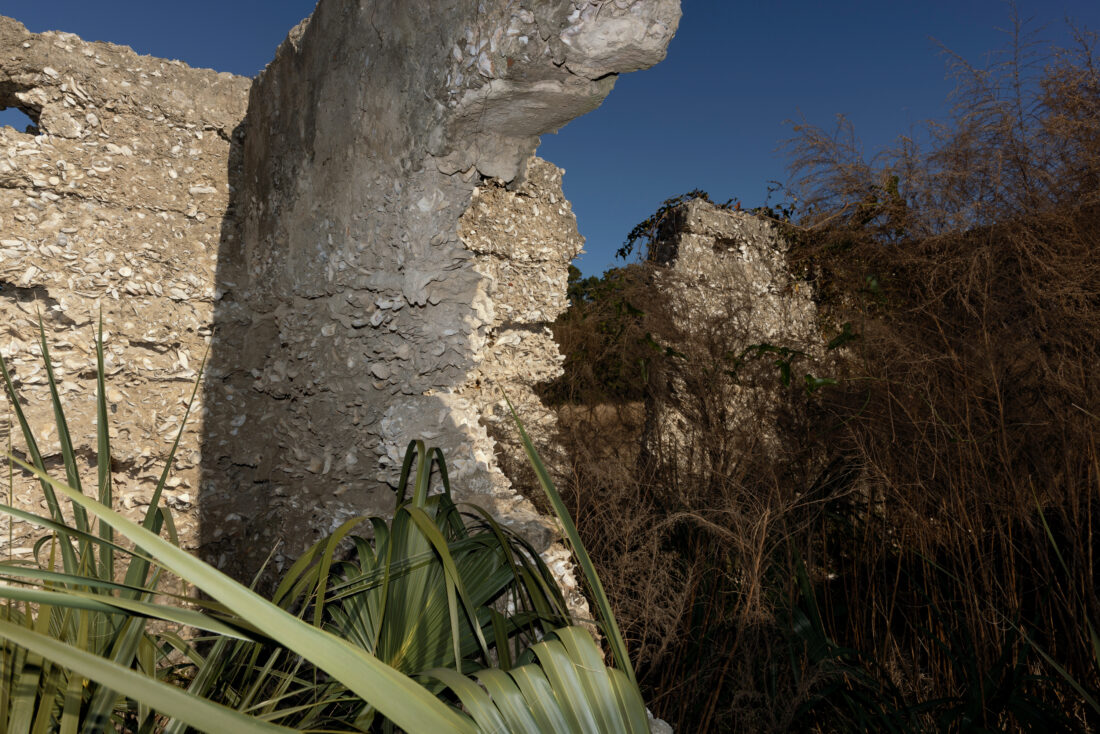
We also journeyed southward to see the grandeur of the Reynolds Mansion, the seat of the Spalding plantation beginning in 1810. After the Civil War, a sporting group used the main house as a base, and around the turn of the twentieth century, Howard and Matilda Coffin purchased the property and reconstructed the home to its current layout. R. J. Reynolds Jr. of tobacco fame bought and refurbished the home in 1934, and it still stands, reminding visitors of yet another era on the Sea Islands—when wealthy Brahmins established enclaves that allowed them to entertain presidents and benefit from the seclusion and serenity the islands offered. Following Reynolds’s death, the Georgia Department of Natural Resources obtained most of Sapelo in 1975 and today operates a mainland visitors’ center in Darien, the ferry, and the Cabretta Campground and Reynolds Mansion, both open to overnighters who make reservations.
Near the island’s center, in the main settlement of Hog Hammock, lie a few private homes and the Graball Country Store, full of goodies ranging from canned boiled peanuts to the red peas so integral to the area’s agricultural legacy. A catering business, Lula’s Kitchen, also occasionally opens for meals of ribs, chicken, and such Gullah Geechee fare as Lowcountry boils of shrimp and crab.
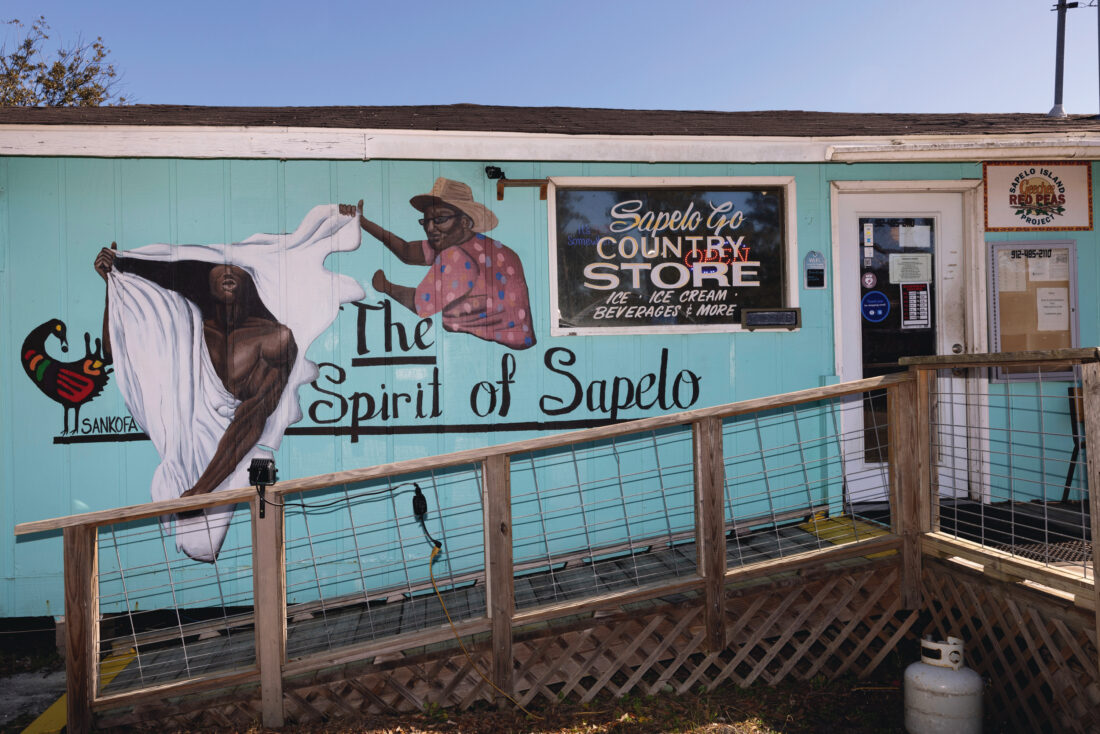

Each evening, we climbed the steps to the Birdhouses for sundowner drinks and dinner. The table brimmed with conversations offering deeper insights. Rice farmer Rollen Chalmers and his wife, Frances, who live a couple of hours away in Hardeeville, South Carolina, represented the deeply embedded and lived knowledge of the region. Thanks to a renewed interest in Lowcountry foodways, Chalmers now sells his heirloom grains, including Carolina Gold rice, at the Port Royal Farmers Market and at his new shop, Rollen’s RAW Grains, in Hardeeville.
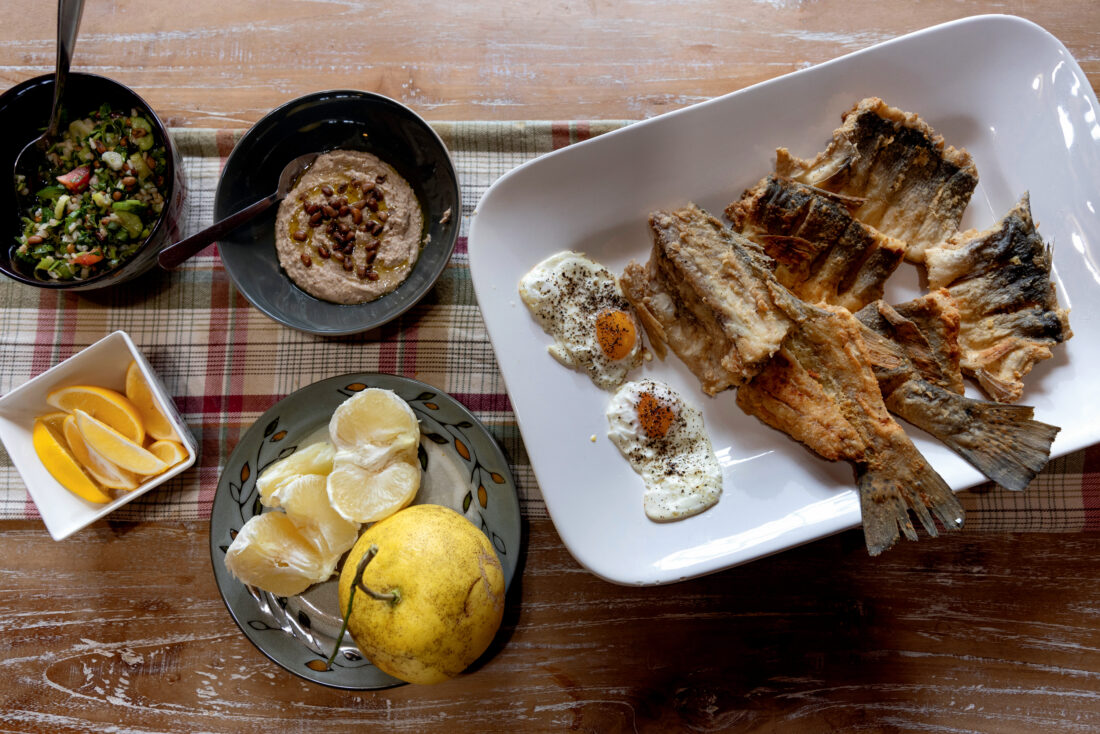
Sarah Ross contributed her encyclopedic knowledge of the area’s plant life gleaned from years of research and practical experience; she’d share tastes from the past like the traditional Native American yaupon tea that she brewed from foraged plants. Doc Bill and his wife, Annita, our hosts, were curators and conservators of the history and agriculture of the place and its people. When not watching over pots in the open kitchen, he’d speak of the work that he’d done with the late Sapelo matriarch Cornelia Bailey to ensure the continuance of the Sapelo red pea. Thanks to their commitment to preserving them, red peas again flourish, and such heirloom grain purveyors as Marsh Hen Mill and Anson Mills package and ship them all over the world.
That’s what’s special about Sapelo; it offers any history lover a glimpse of a world gone by and a chance to slow down and muse on the ways we humans have impacted the earth. Encounters with wild, untrammeled nature and the time-travel aspect of a stay are the island’s delight—but also testimonies to its fragility. I was a willing acolyte soaking up the discussion among its protectors, Sapelo’s hope for the future. And as we all parted ways, we made a vow—to take more journeys that pull us out of time.
Visiting Sapelo
Stay:
Small groups and individuals can rent the Thomases’ Sapelo Island Birdhouses. Through the Georgia Department of Natural Resources, the Reynolds Mansion can accommodate groups of up to twenty-five guests; the beachside Cabretta Campground hosts groups of ten to twenty-five.
Shop:
Most visitors bring their own food, stop into the general store in Hog Hammock, or arrange meals in advance with Lula’s Kitchen. For road-trippers, two hours north in Hardeeville, South Carolina, farmer Rollen Chalmers’s shop, Rollen’s RAW Grains, sells heirloom foodstuffs grown in the region.
Read:
In God, Dr. Buzzard, and the Bolito Man, Cornelia Walker Bailey described island life in times past. Sapelo offers a well-researched treatise on the island and its history by Buddy Sullivan, the former manager of the National Estuarine Research Reserve. Sarah V. Ross edited Social Roots: Lowcountry Foodways, Reconnecting the Landscape, a fascinating collection of essays on nature and culture. In Camino Ghosts, John Grisham weaves a riveting tale about a fictional island that sounds a lot like Sapelo.
Garden & Gun has an affiliate partnership with bookshop.org and may receive a portion of sales when a reader clicks to buy a book.


